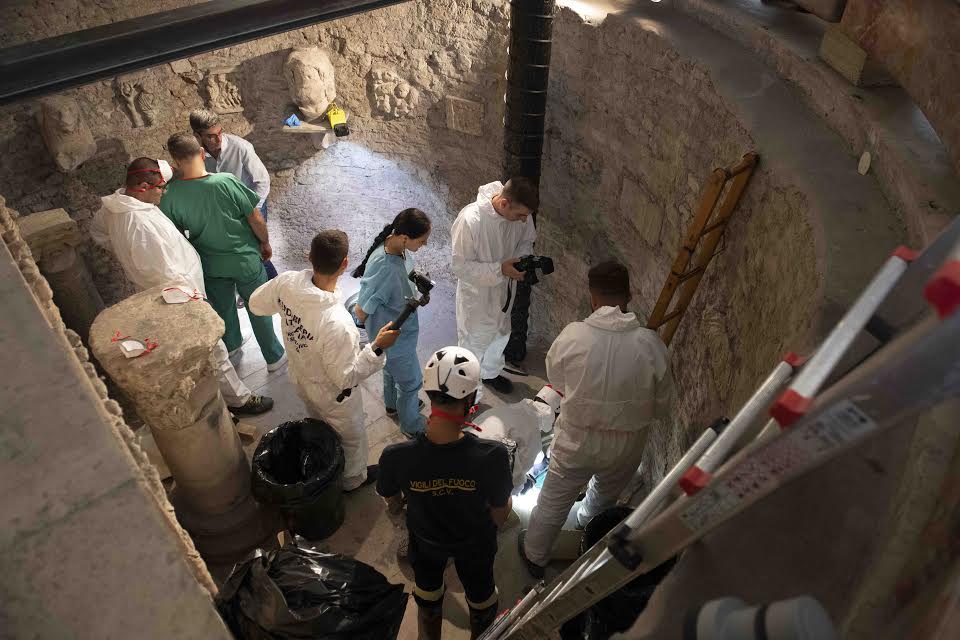On July 28, 2019, the operations at the Campo Santo Teutonic in the Vatican were completed as part of the investigative duties of the Orlandi case.
Professor John Arcudi, assisted by his staff – in the presence of the trusted expert appointed by the Orlandi family – completed the morphological analysis of the remains found in the ossuary (several hundred partially intact bone structures and thousands of fragments).
In the course of investigations of forensic anthropology, Prof. Arcudi has not found any bone structure that it goes back to a later period in the late 1800s, according to a Vatican statement.
The consultant of the parties has filed for laboratory investigations of about seventy skeletal remains; Prof. Arcudi and his team have not endorsed the request because the same bone structures have characters with very old dating.
For these reasons, the samples were found in it and detained at the Gendarmerie available to the Promoter of Justice Command.
When giving notice of these operations, the Holy See confirms its desire to research the truth of the story of Emanuela Orlandi’s disappearance and categorically denies that this attitude of full cooperation and transparency can in any way mean, as some sometimes said an admission implicit liability.
The search for truth is in the interests of the Holy See and the Orlandi family.
Over the last months, Manuela Orlandi’s family has pointed out the possible dissimulation of her corpse in the Teutonic Cemetery. A dossier was opened and the Office of the Promoter of Justice of the Tribunal of Vatican City State finally issued a decree on June 27, 2019, authorizing the opening of two tombs on July 11: the “Tomb of the Angel,” where Princess Sophie von Hohenlohe is buried, who died in 1836, and that of Princess Charlotte Federica of Mecklenburg, who died in 1840. Initially, it was verified that the tombs in question were empty. Then some bones were found nearby following an anonymous report.
The clear will of the Holy See is also already emerged, as well as in investigations and examinations going on at the Campo Santo Teutonic, in those carried out by the Italian authorities, following a report of the Vatican Gendarmerie, the Nunciature in Italy, Villa Giorgina, for which it was communicated, on July 3, the storage request from the Public Prosecutor at the Court of Rome.
According to the findings by the Italian authorities, who on July 25 launched the procedure for the return of the bones found at Villa Georgina, the dating of the finds dating back to a period between 90 and 230 AD
This denies any connection with the painful disappearance of Emanuela Orlandi.



